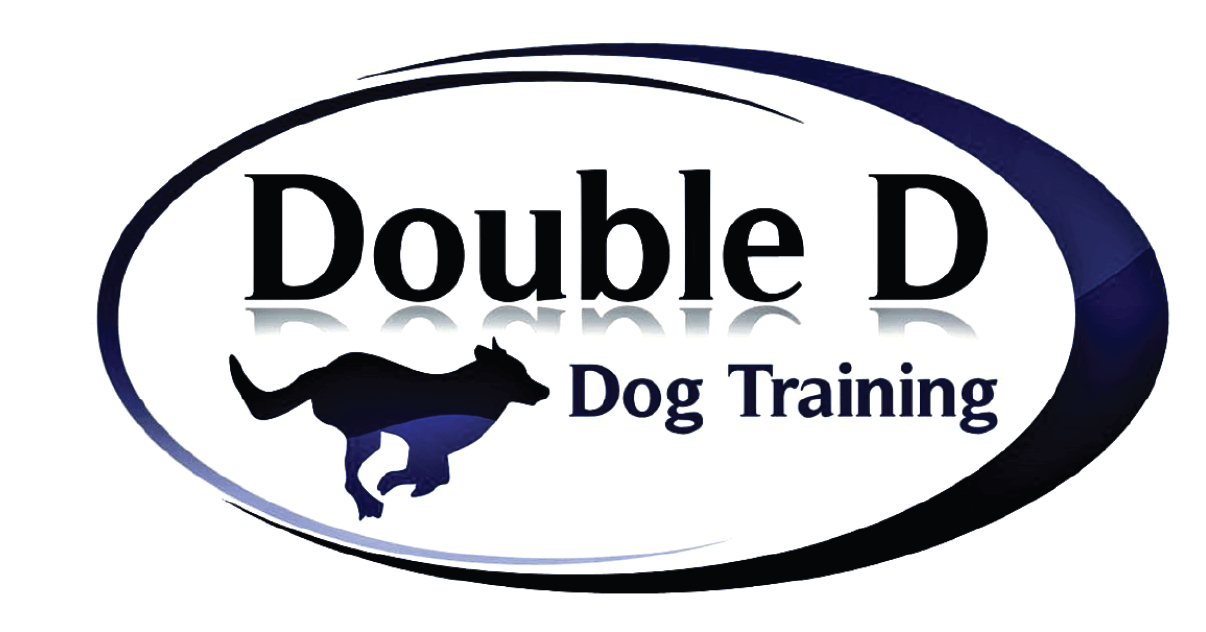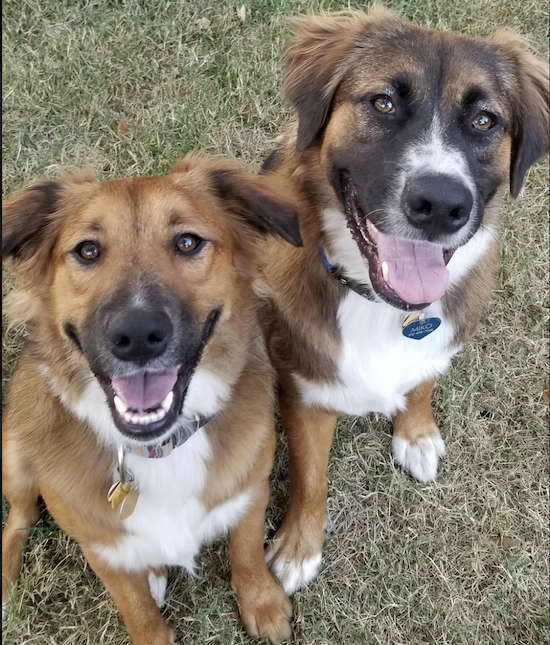What is Counter Conditioning Dog Training?
Does your pet turn into an anxious mess whenever you bring out the vacuum cleaner? Loud noises? People? Dogs? Is your pet terrified of your hairdryer? Unfortunately, this irrational fear is a common issue that many pet parents face.
So, if you’re looking to modify your pet’s behavior to make them less anxious and fearful around a stimulus, counter-conditioning is an excellent training method you should consider. It is usually used in conjunction with Desensitization.
Let’s take a closer look at what this training technique entails and how counter-conditioning can benefit you and your pet.
Counter-conditioning, also known as reciprocal inhibition, is a form of classical conditioning — a type of unconscious learning discovered by Ivan Pavlov. Remember Pavlov’s dog?
This training technique helps change the pet’s attitude, underlying feelings, and emotional response to a particular stimulus or trigger. There are many and may include people, other animals, noises, and machinery, among other things. Think about the ones in your own home and neighborhood. Some dogs are not bothered by them but more times than not most dogs have something that they are triggered by.
Counter-conditioning is often used in conjunction with response substitution, wherein positive reinforcement techniques are used to modify the pet’s behavior. It is also used with desensitization, a method in which you expose your pet to the concerned stimulus but at a much lower level to reduce the likelihood of a response.
As a professional dog trainer using only positive reinforcement methods, I like to use high-value, yummy treats to counter-condition the dogs I train who are struggling with these triggers. I like to tell my clients, “Treats Train Trust” when it comes to counter-conditioning.
Compared to negative reinforcement techniques that can further aggravate your pet’s fear and anxiety and might even make them afraid of you, or even redirect back on you, counter-conditioning is a safer and more effective training method.
To start a counter-conditioning program, you will need to identify the stimuli or trigger that is causing the negative response in your dog.
With counter-conditioning, you are altering your pet’s trauma and stress response without resorting to negative reinforcement techniques. You are introducing a positive stimulus paired with the trigger or event and teaching them the event, ie the dog, noise, truck, car, bicycle, scooter, is actually a positive or good thing.
For example, if your pet shows signs of anxiety during fireworks or thunder, you can pair the sounds and sight of those things with their favorite toys or treats to change their emotional state from stressed and anxious to positive, calm, and relaxed.
Counter-conditioning offers a multitude of benefits.
This training technique helps replace negative emotions such as anxiety and fear with acceptable ones. It helps your pet associate the stimulus with positive things instead of fearful or aggressive behaviors.
Dogs learn in two ways; one is by doing things like, ‘sit’, ‘down’, ‘shake’, etc and secondly they also learn by association, good or bad.
Think about when you take the leash out, typically the dog becomes very excited because they know they are going for a walk. Additionally, when you put on your tennis shoes or when the car keys come out, the dog ‘associates’ these events as positive, but not always. Such as if the only time the leash comes out is when you take the dog to the vet to get a shot, the leash could become a negative association and hence the dog runs for the hills every time they see the leash.
Counter-Conditioning also helps achieve the desired emotional state, which can be quite helpful in treating fear and anxiety. With time and proper training, you will notice that your pet remains calm or even becomes ecstatic at the sight of what was once a scary stimulus.
Just make sure to feed them treats only after they show a reaction — otherwise, your pet will associate the food and think that the stimulus is near, which could cause them to be more scared and alert.
Where can counterconditioning be used with dog training
Here are some common scenarios where counterconditioning can be applied:
- Thunderstorms or Fireworks: If your dog is afraid of loud noises, you can use counterconditioning to create a positive association by pairing the sound with treats or play.
- Veterinary Visits: Many dogs are anxious about visits to the vet. Counterconditioning involves rewarding calm behavior at the veterinary clinic to make the experience more positive.
- Stranger Aggression: If your dog is aggressive towards strangers, counterconditioning can help by rewarding calm behavior around unfamiliar people.
- Dog Aggression: For dogs that display aggression towards other dogs, counterconditioning can be used to create positive associations by rewarding calm behavior in the presence of other dogs.
If your dog is possessive of toys, food, or other items, counterconditioning can help change their emotional response by rewarding them for allowing you to approach while they have their possessions.
Counterconditioning can be used to help dogs with separation anxiety by associating your departure with positive experiences, such as special treats or toys.
If your dog tends to bark or lunge at other dogs while on a leash, counterconditioning can be employed by rewarding calm behavior when they see other dogs from a distance.
For dogs that resist grooming or handling, counterconditioning can involve rewarding them for accepting touch, brushing, or nail trimming.
If your dog is fearful of certain environments, like crowded places or traffic, counterconditioning can help them associate these situations with positive experiences.
Counterconditioning can also be used in basic obedience training, reinforcing positive behavior when learning commands such as “sit,” “stay,” and “come.”
Counter-conditioning is a technique that requires you to be alert and aware of your pet’s triggers and reactions. Pay attention to what triggers your dog and how they respond to that trigger. Some dogs pull away, lunge, bark, growl, cower or completely shut down.
If you suspect that exposure to a certain object, person, or animal could backtrack the progress your pet has made so far, try to eliminate it before your pet can locate the issue.
Slow and steady wins the race! Repetitive exposure to their triggers without being able to recover can cause your pet to feel overwhelmed. It is called trigger stacking and can worsen your pet’s fear.
However, if you’re confident in your pet’s training, you may instruct them to “stay” and slowly walk around the stimulus to show them that it’s harmless. Remember to follow it up with treats.
Counter-conditioning is a technique that focuses on getting the pet to like something it previously feared, or at least tolerate it. You should consult with a Professional Dog Trainer or Animal Behaviorist to help with this type of training. Keep in mind that this a more advanced type of training typically takes some time to show the desired results. But with time, patience, practice, and consistency, you will have a happy, fear-free pet in no time!






